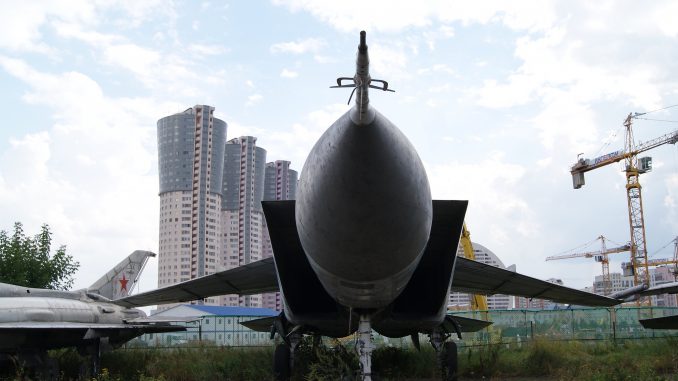
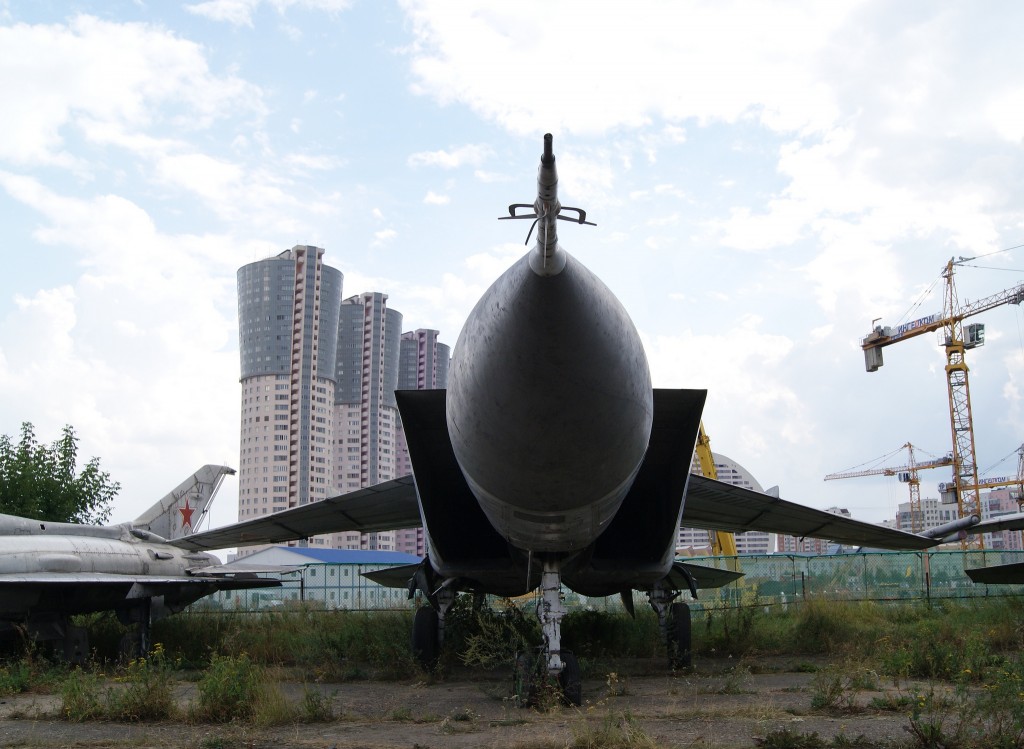
(Image Credit: Sergey Rodovnichenko, CC 3.0)
At the former Khodynka Aerodrome, birthplace of Russian aviation, center of Soviet-era aircraft design and manufacturing, and the former location of the Russian National Aviation Museum, historic warbirds have been left to rot.
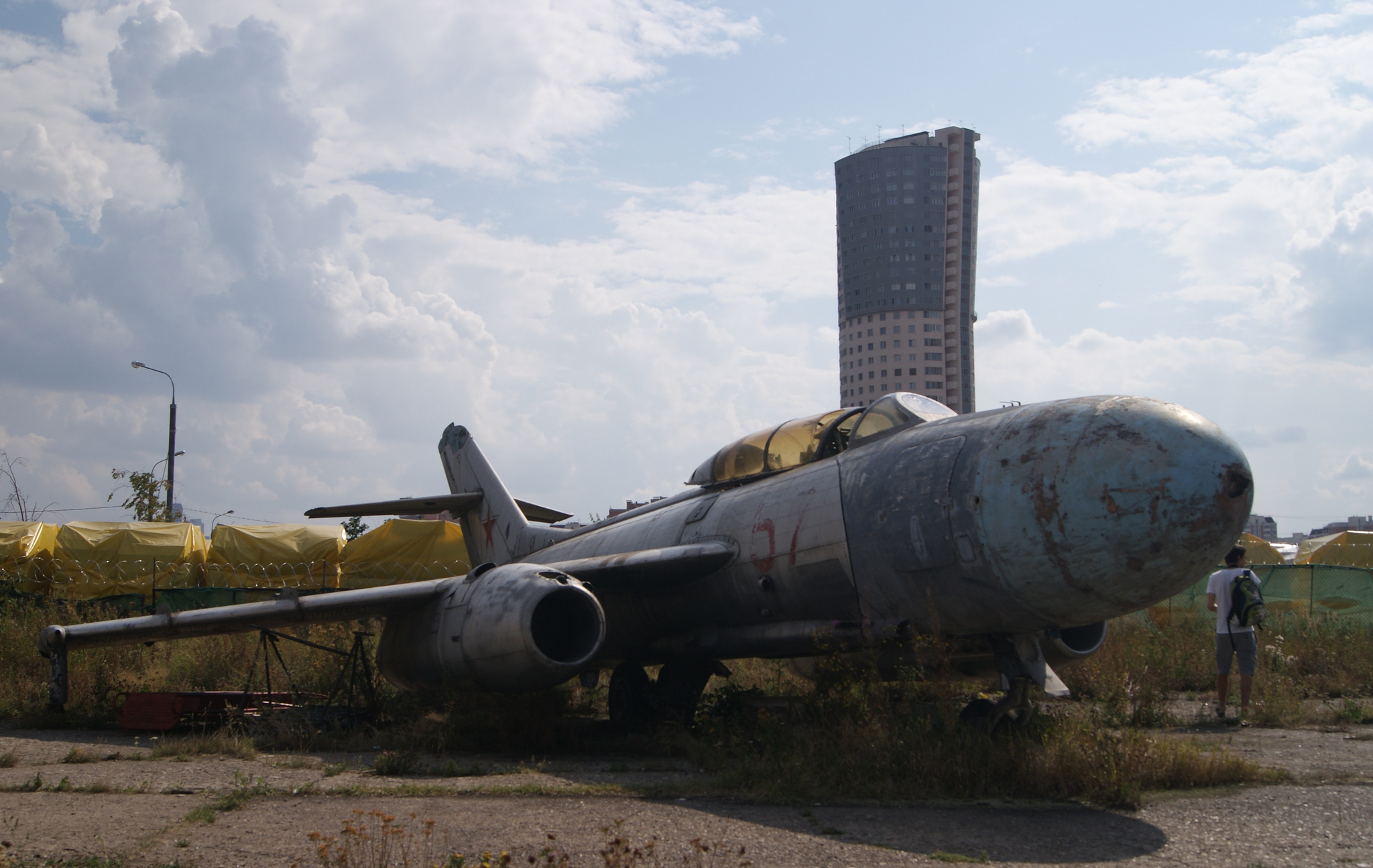
The first flight in Russia took place at Khodynka, carried out before the Russian Revolution in 1910 by an R. Rossinsky. In 1911, pilot Alexander Vasiliev landed his Blériot XI there, the only finisher out of the 11 aviators who had started on a 453-mile race from St.Petersburg to Moscow. Alexander Yakovlev, barred from admission as a student due to “lack of proletariat origins,” worked as a mechanic at the Zhukovsky Air Force Military Engineering Academy located at Khodynka in the 1920s. Yakolev would examine wrecked aircraft in a ravine near the field, while working out the design of his Yakovlev AIR-1, which he built in his spare time, the plane that was to launch him to prominence and was the first of what was to be many Yakolev aircraft, produced to this very day. Starting in the 1930s, the Khodynka Aerodrome hosted Russia’s annual “Aviation Day” festival.
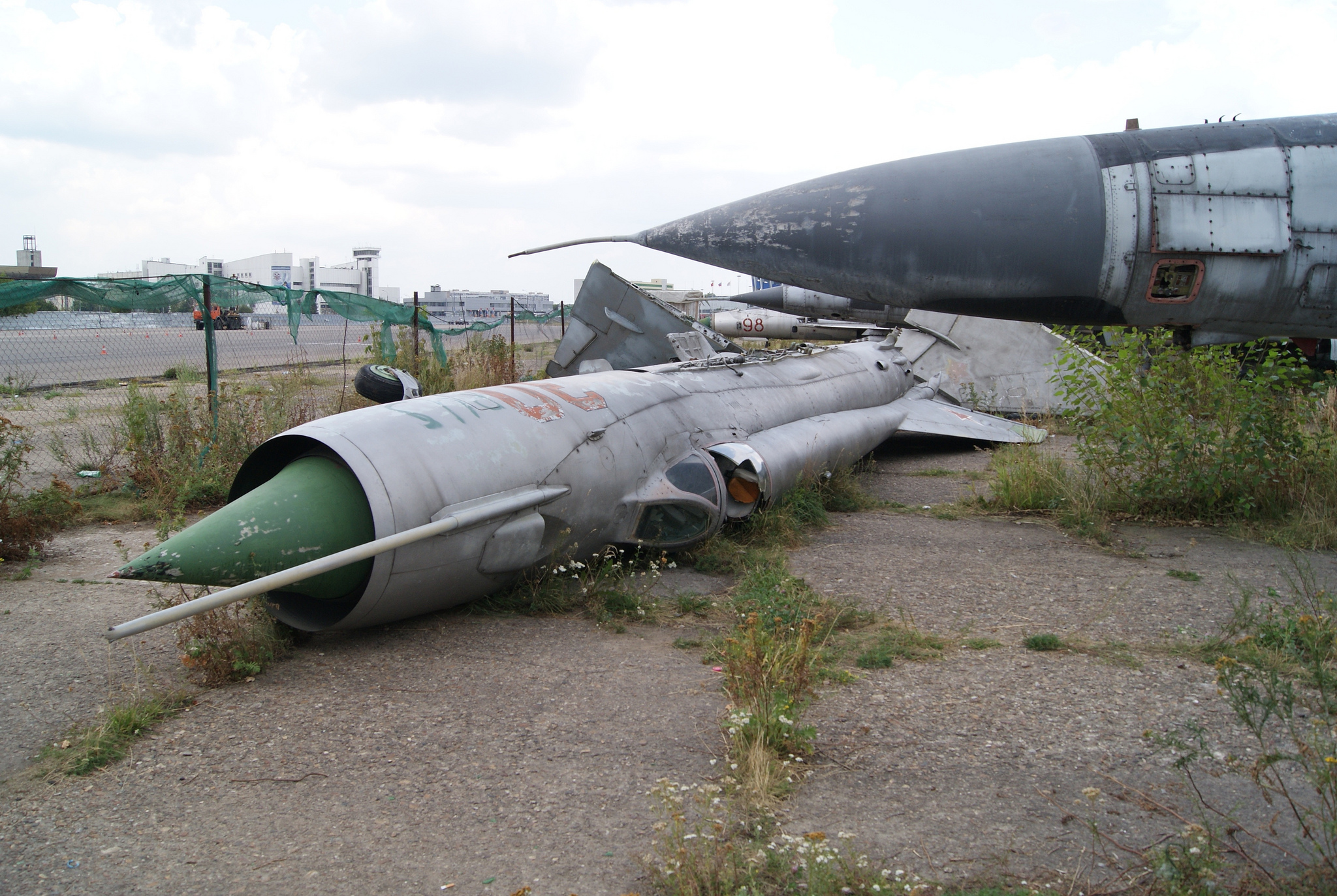
(Image Credit: Sergey Rodovnichenko, CC 3.0)
The airfield was at the core of Russia’s aviation industry, surrounded by the main headquarters of Aeroflot, design bureaus for Ilyushin, Mikoyan Gurevich (MiG), Sukhoi and Yakovlev, several aircraft production facilities. The Khodynka Aerodrome was Moscow’s only airport until 1941, when Khodynka became primarily utilized as storage facility for disused aircraft and as an airfield and staging facility for the aircraft factories that produced there. The airfield was also the site of the Russian National Aviation and Space Museum which was which was only fitting as Khodynka truly was the birthplace and spiritual home of Russian Aviation.
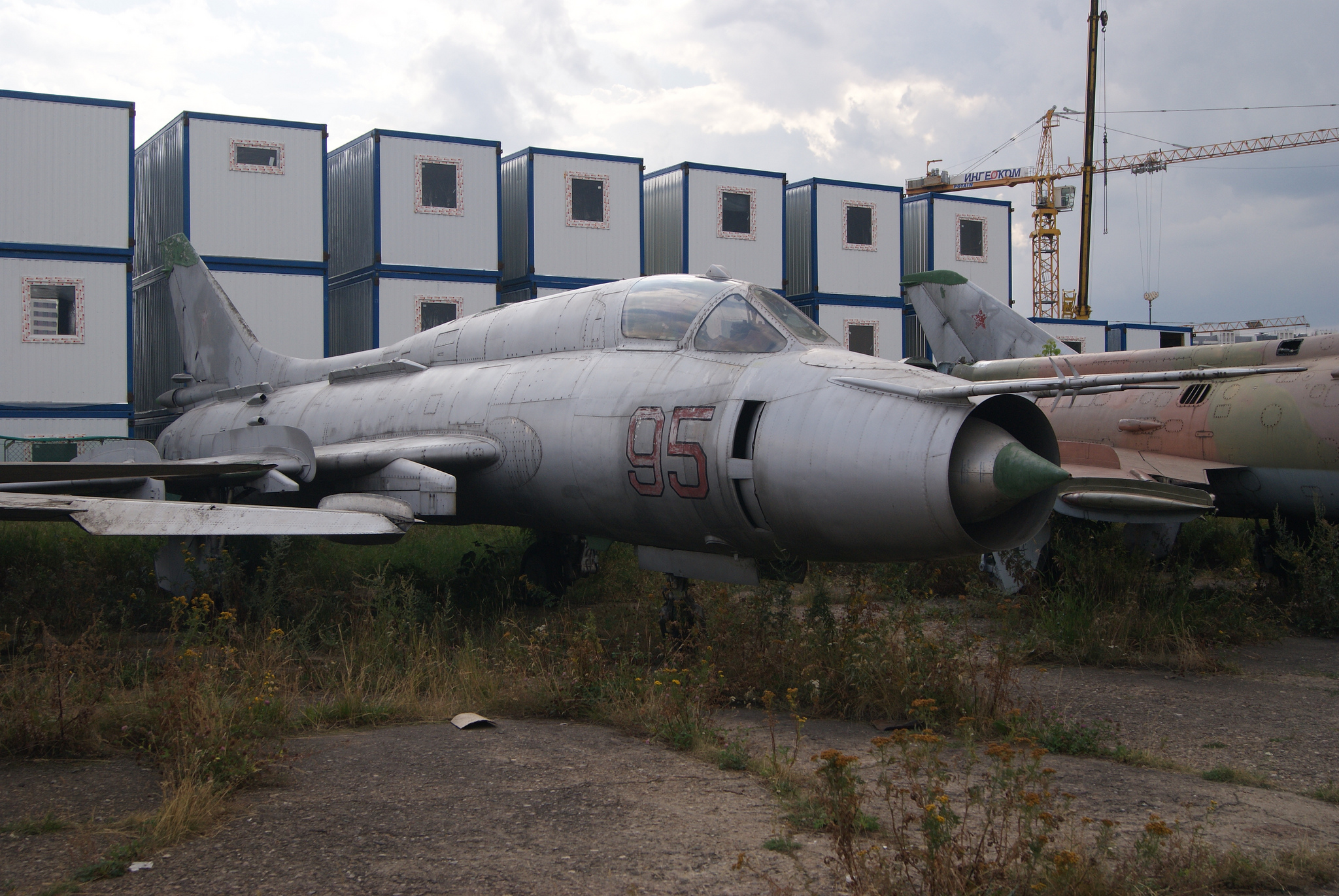
(Image Credit: Sergey Rodovnichenko, CC 3.0)
Khodynka Aerodrome continued to operate until at least 1989, its cessation of operation doubtlessly driven by the unravelling of the command economy that accompanied the slow-motion collapse of the Soviet Union over the course of the eighties, culminating in the inevitable dissolution of the Soviet Union that was finally ratified in December, 1991. After the collapse of the Soviet Union and the wholesale sale of government assets in the economically turbulent times that followed, the land under the museum and much of the aerodrome was sold off and/or redeveloped and the newly economically-liberated city has closed around the site like a noose, with high-rise residential developments and a hockey stadium now standing on what had been the Aerodrome, and what little remains facing an uncertain future.
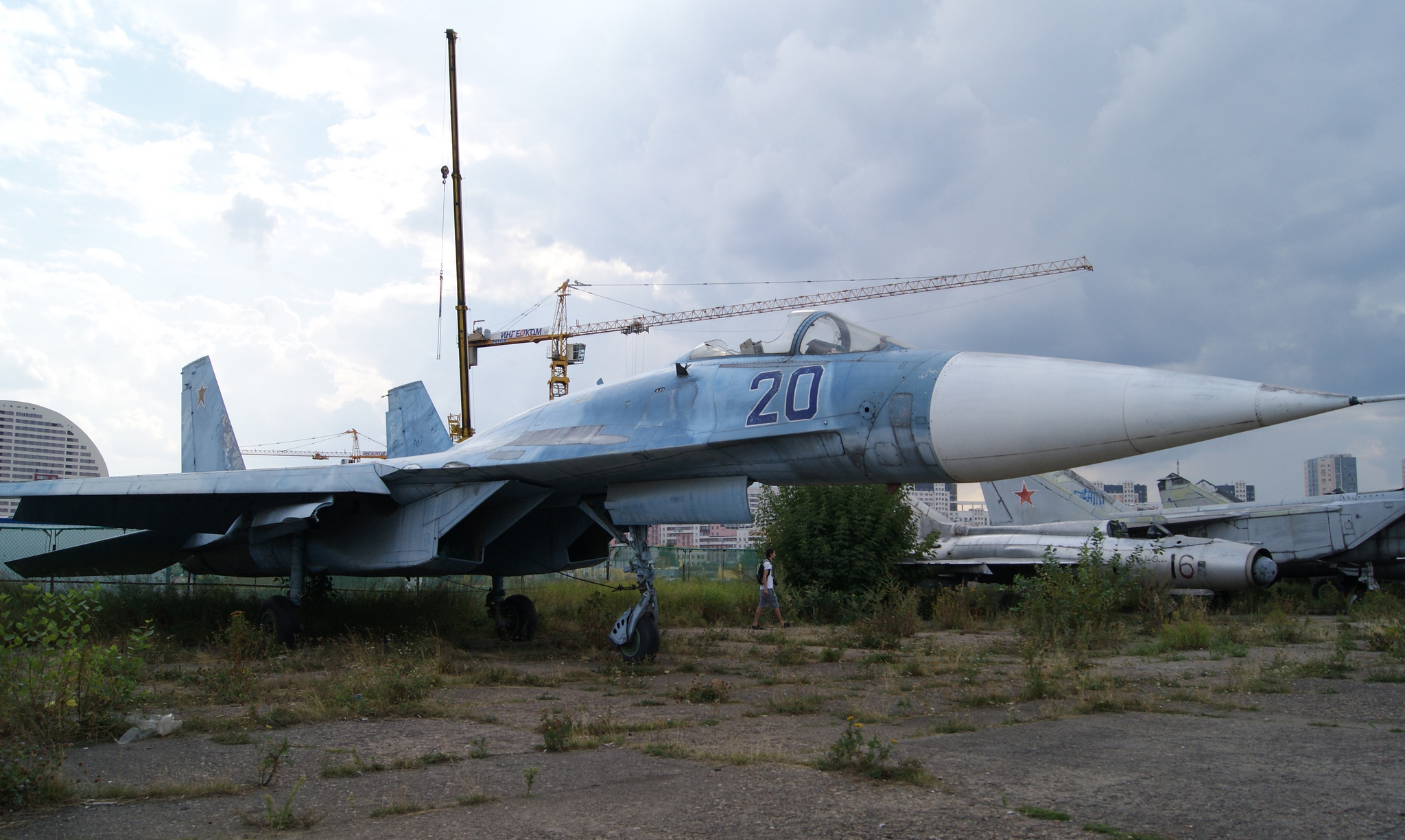
(Image Credit: Sergey Rodovnichenko, CC 3.0)
After with the elimination of the museum, many of the aircraft that comprised its collection were corralled outdoors behind a low fence and these historic craft that were once the pride of a superpower were abandoned in place, left to vandals, looters and the elements to do their worst. Pictures taken just a few years prior to these show many more aircraft, missiles and related military hardware that has since gone missing, and charts the shameful degradation in condition the remaining planes have endured.There are reports that there will once again be an aircraft museum at the site, though for the aircraft that remain, it can’t happen soon enough.There’s a great deal more photographs in this set, available on Sergey Rodovnichenko’s Flickr page, we’re grateful he documented this condition and licensed his work for dissemination.
EDITOR’S NOTE: We did the best we could with the aircraft identification, if there’s any errors, please contact us and we’ll fix it straight away.



These exmilitary aircraft on your page I don’t suppose youd have any contacts for me to go and buy some to restore. I’ve several in my collection but no Russian aircraft I’m also open to buying other types from other countries.
Добрый вечер!Напишите мне ответ на моё письмо.Я имею возможность предложить вам узлы и детали на самолёты времён Второй Мировой войны.До связи!
Please send contact details as to a full purchase of these aircraft.
Were any of these aircraft purchased/saved?
all of them have been moved to some other place near moscow. cant find the plane rn but looking for it
most of them have been moved to Medyn airport